None Ford GT40 ex-Le Mans
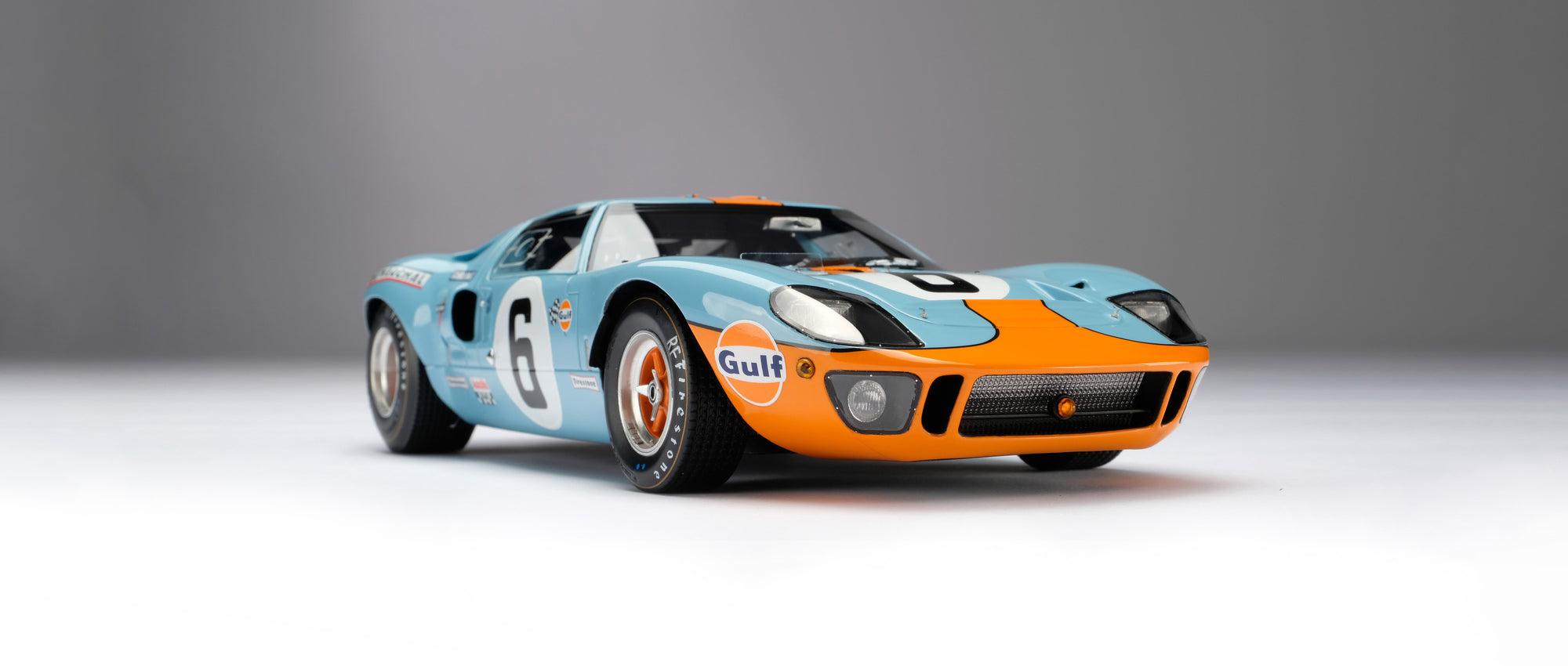
The descriptions of the Classic Cars in the Directory were partly generated or supplemented with the help of artificial intelligence (AI). The content may occasionally not always be entirely accurate or factually correct despite careful checking.
The Ford GT40 is a legendary car that revolutionized the world of motorsports when it first rolled out in the 1960s. The vehicle was engineered to dominate the grueling 24-hour endurance races held in Le Mans, France. With a sleek design and powerful engine, the GT40 quickly became one of the most formidable race cars of its time.
The GT40's sleek exterior is a clear indication of the car's high-performance capabilities. The vehicle measures 95 inches in width, 40 inches in height, and 163 inches in length, and weighs 2,700 pounds. The car features low-profile tires and an aerodynamic design that minimizes drag and improves stability, allowing it to reach phenomenal speeds on the track.
The car's engine is what really sets it apart. The GT40 is equipped with a 4.7-liter V8 engine that produces 485 horsepower at 7,000 revolutions per minute. This engine is mated to a four-speed manual gearbox, which allows the driver to fully exploit the engine's enormous power output. The car's top speed is around 195 miles per hour, making it one of the fastest race cars of its time.
In addition to its powerful engine, the GT40's suspension system is also an important part of its technical prowess. The car features a double wishbone suspension at the front and a trailing arm suspension at the rear. These suspension systems work together to provide exceptional handling and balance, even at high speeds.
The brakes on the GT40 are also noteworthy. The car's disc brakes are located at all four corners and are capable of delivering impressive stopping power, even when the vehicle is traveling at high speeds. The GT40's braking system also features a hydraulic-assist function, which helps to reduce brake fade during long periods of racing.
Overall, the Ford GT40 is an exceptional engineering achievement that represents the pinnacle of performance in motorsports. The car's sleek exterior, powerful engine, and advanced suspension and braking systems make it one of the most formidable race cars ever built. Whether viewed as a technical marvel, a piece of automotive history, or both, the GT40 remains a true classic that continues to inspire and captivate automotive enthusiasts around the world.
Milestones
- Development of the Ford GT40 began in 1963 in response to a failed attempt by the Ford Motor Company to acquire Ferrari. - The GT40 underwent several iterations, with the Mk I, II, and III being produced between 1964 and 1969. - In 1966, the GT40 achieved its most significant victory by winning the prestigious 24 Hours of Le Mans race, marking the first time an American car had won the endurance event. - GT40s secured a total of four consecutive Le Mans victories between 1966 and 1969. - Several notable drivers competed in the GT40, including Ken Miles, Bruce McLaren, Mario Andretti, and Jackie Ickx. - The GT40's success on the racetrack helped to establish Ford's dominance in motorsports and solidify its reputation as a performance-oriented brand. - Following its retirement from racing, the GT40 went on to achieve cult status among automotive enthusiasts and collectors, with some examples selling for millions of dollars at auction.Technical
- Manufacturer: Ford - Production Years: 1964-1969 - Weight: 980 kg (2160 lbs) - Length: 4,117 mm (162 in) - Width: 1,778 mm (70 in) - Height: 1,016 mm (40 in) - Engine: 4.7L (289 cu in) or 7.0L (427 cu in) V8 - Power: ~350-500 hp (depending on engine) - Transmission: 4-speed manual - Top speed: ~200 mph (depending on setup) - Chassis: steel monocoque with aluminum panels - Suspension: independent with unequal-length wishbones, coil springs, and anti-roll bars - Brakes: vented disc brakes - Tires: Goodyear racing tires - Race wins: 4 consecutive wins at 24 Hours of Le Mans from 1966-1969 - Notable drivers: Ken Miles, Bruce McLaren, Phil Hill, Chris Amon.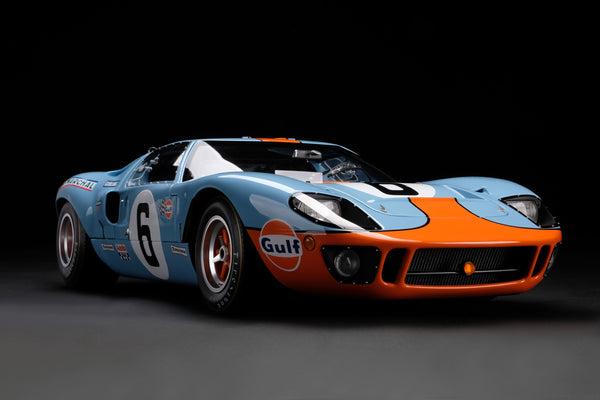
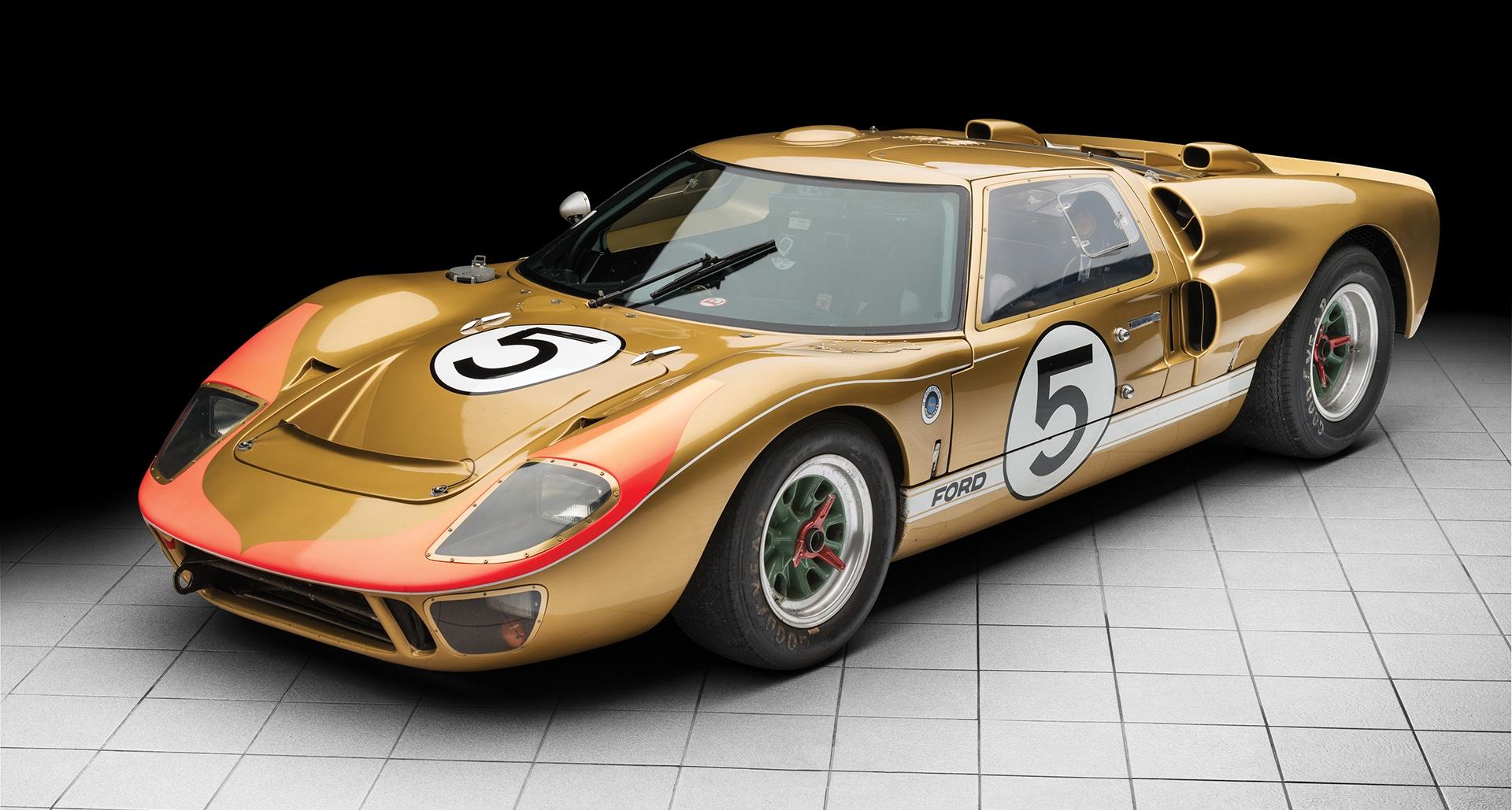
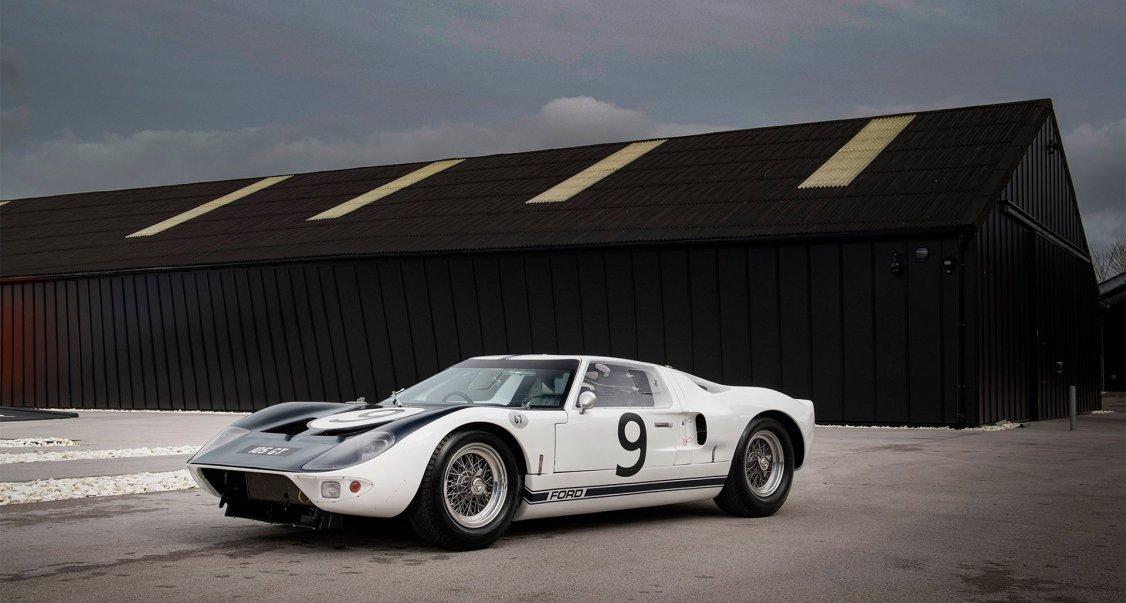
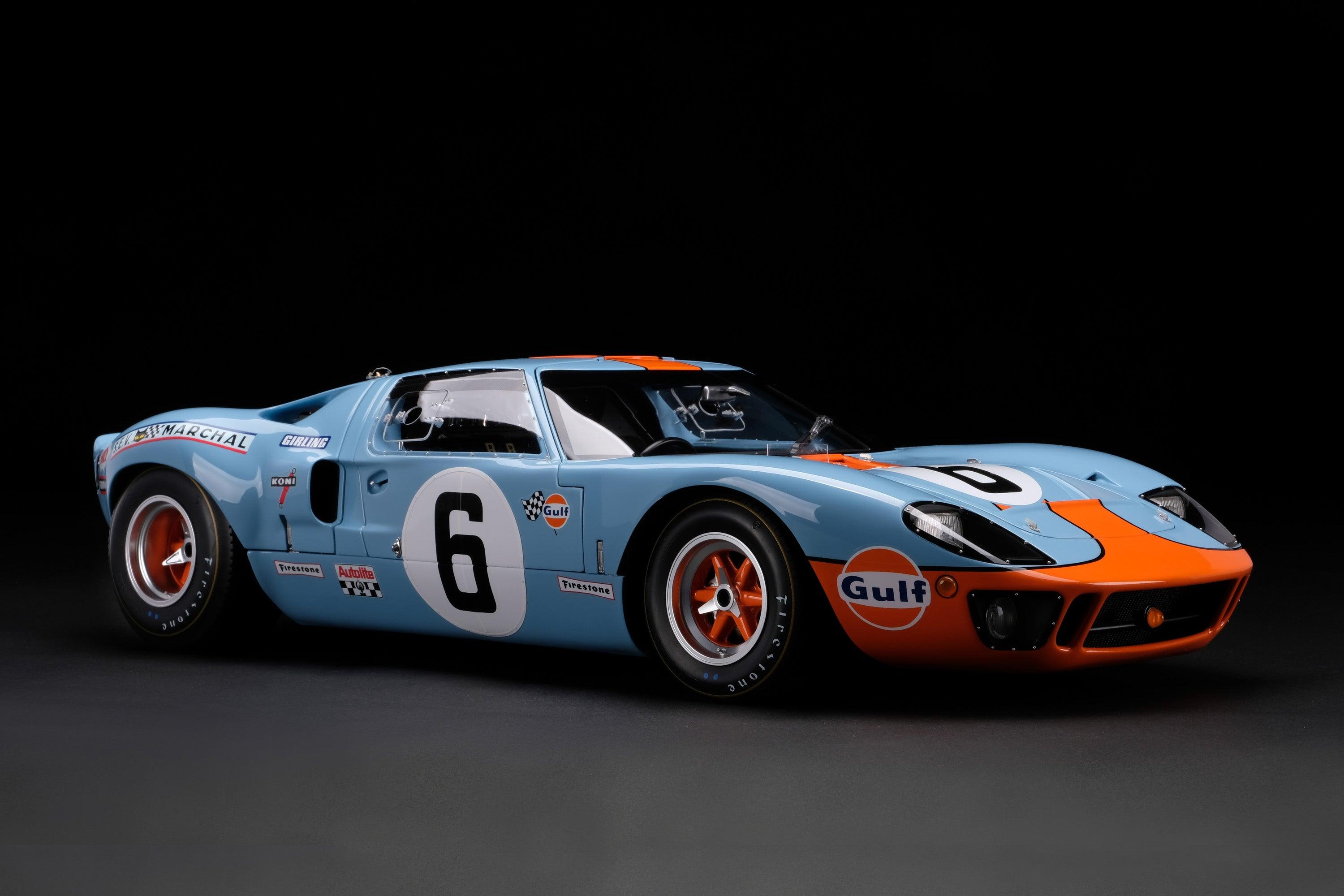
SUPERMIND TRIVIA
